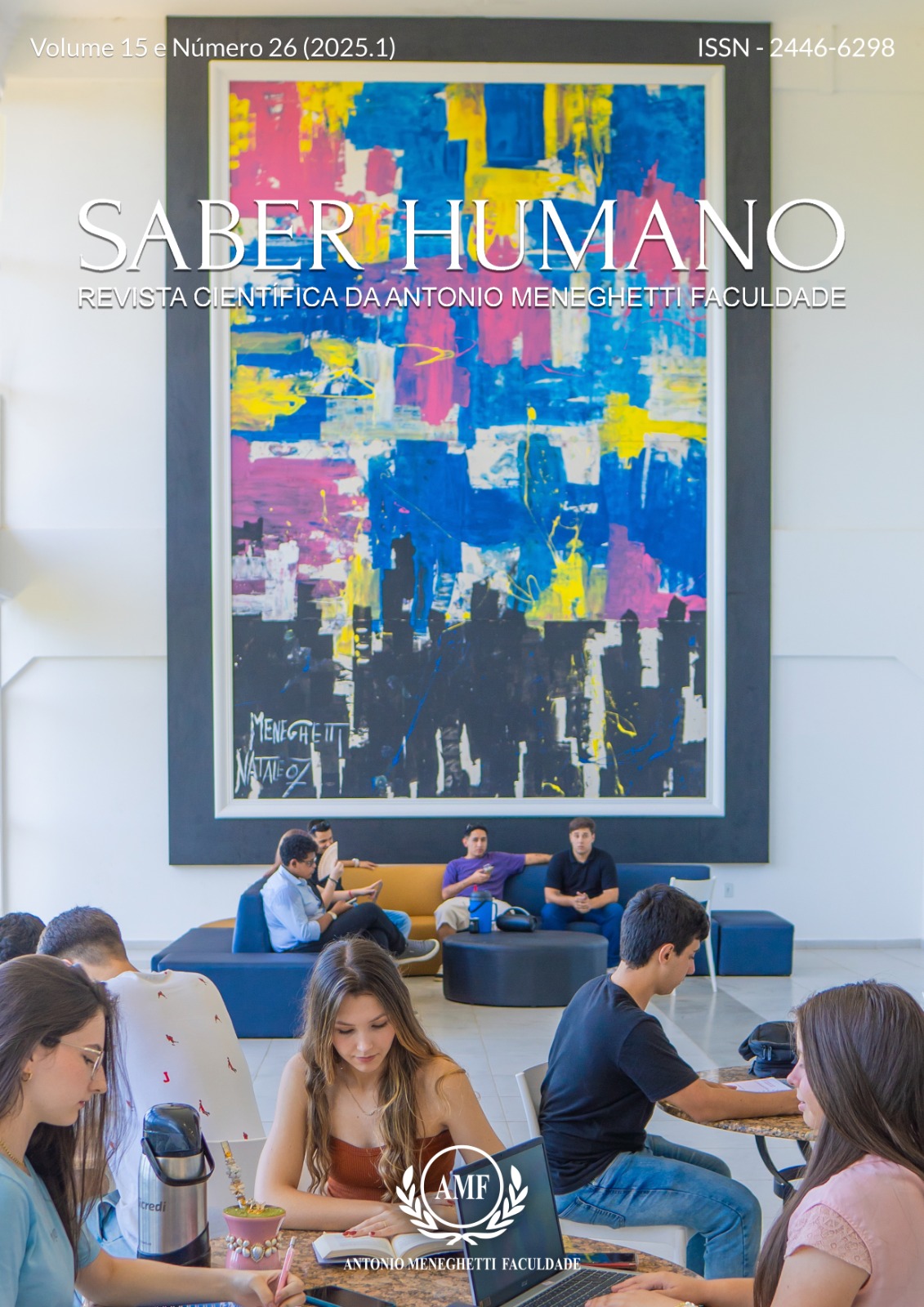Preclusion: initiation and perpetuation of procedural act for legal process due process security
DOI:
https://doi.org/10.18815/sh.v15i26.659Keywords:
preclusion, legal security, jurisdictional efficiencyAbstract
Procedural Law, as a branch of Public Law, plays a crucial role in regulating legal relations, standing out in the civil sphere for guaranteeing due legal process and adequate judicial protection. In this context, estoppel emerges as an essential institute, defined as the loss of the ability to perform a certain procedural act. This study seeks to highlight its importance as a principle and effective technique in the process, in addition to addressing the negative effects of its negligence. Using explanatory and bibliographic methods, this work analyzes the relevance of estoppel and its impacts on the development of the process. Preclusion, by limiting the abusive exercise of the parties' procedural powers, guarantees the effectiveness, speed and legal certainty of the process. Its absence may result in delays, additional costs and overload of the judicial system, compromising the efficiency in the delivery of judicial services. It is concluded that estoppel is essential to ensure due legal process, prevent procedural abuses and promote good faith between the parties. Its observance contributes to the efficiency of judicial provision, while its negligence can cause significant damage to the judicial system and to the timely delivery of the Judiciary's core activities.
References
BRASIL. Congresso Nacional. Lei nº 13.105 de 2015. Código de Processo Civil. Disponível em: https://www.planalto.gov.br/ccivil_03/_ato2015-2018/2015/lei/l13105.htm Acesso em: 30 out. 2023.
BUENO, C. S. Manual de Direito Processual. 9. ed. Saraiva Educação SA, 2023.
CHIOVENDA, G. Instituciones de derecho procesal civil. Tradução: Gómez Orbaneja. Madri: Revista de Derecho Privado, v. 111, p. 277-278, 1940.
DE PINHO, H. D. B. Manual de Direito Processual Civil Contemporâneo. 5. ed. Saraiva Educação SA, 2023.
GIANNICO, M. A preclusão no direito processual civil brasileiro. São Paulo: Saraiva, 2007. p. 31.
GRINOVER, A. P. Os limites objetivos e a eficácia preclusiva da coisa julgada. In: O Processo: Estudos & Pareceres. São Paulo: Perfil, 2005.
RUBIN, F. A preclusão na dinâmica do processo civil. Livraria do Advogado Editora, 2018.
STJ. Superior Tribunal de Justiça. Agravo em Recurso Especial n 208.414 - SP (2012/0154415-1). 2014. Antonio Carlos Ferreira. Julgado em: 28 de out. 2014. Disponível em: www.stj.jus.br. Acesso em: 10 de fev. de 2024.
TJ/RS. Tribunal de Justiça do Rio Grande do Sul. Agravo de Instrumento nº 52556660420238217000. 2024. Relator: Guinther Spode. Julgado em: 13 jan. 2024. Disponível em: www.tjrs.jus.br. Acesso em: 18 jan. 2024.
TJ/RS. Tribunal de Justiça do Rio Grande do Sul. Agravo de Instrumento, nº 53465066020238217000. 2023a. Relator: Laura Louzada Jaccottet. Julgado em: 26 dez. 2023. Disponível em: www.tjrs.jus.br. Acesso em: 18 jan. 2024.
TJ/RS. Tribunal de Justiça do Rio Grande do Sul. Agravo de Instrumento, nº 50096330320248217000. 2023b. Relator: Sandra Brisolara Medeiros. Julgado em: 22 jan. 2024. Disponível em: www.tjrs.jus.br. Acesso em: 18 jan. 2024.
Downloads
Published
How to Cite
Issue
Section
License
Copyright (c) 2025 Deivid Daniel Xavier de Lima, Fernando Koehler, Victor Priebe

This work is licensed under a Creative Commons Attribution-NonCommercial-ShareAlike 4.0 International License.
Autores que publicam nesta revista concordam com os seguintes termos:
a. Autores mantém os direitos autorais e concedem à revista o direito de primeira publicação, com o trabalho simultaneamente licenciado sob a Licença Creative Commons Attribution que permite o compartilhamento do trabalho com reconhecimento da autoria e publicação inicial nesta revista.
b. Autores têm autorização para assumir contratos adicionais separadamente, para distribuição não-exclusiva da versão do trabalho publicada nesta revista (ex.: publicar em repositório institucional ou como capítulo de livro), com reconhecimento de autoria e publicação inicial nesta revista.
c. Autores têm permissão e são estimulados a publicar e distribuir seu trabalho online (ex.: em repositórios institucionais ou na sua página pessoal) a qualquer ponto antes ou durante o processo editorial, já que isso pode gerar alterações produtivas, bem como aumentar o impacto e a citação do trabalho publicado.(Veja Política de Acesso Livre).



